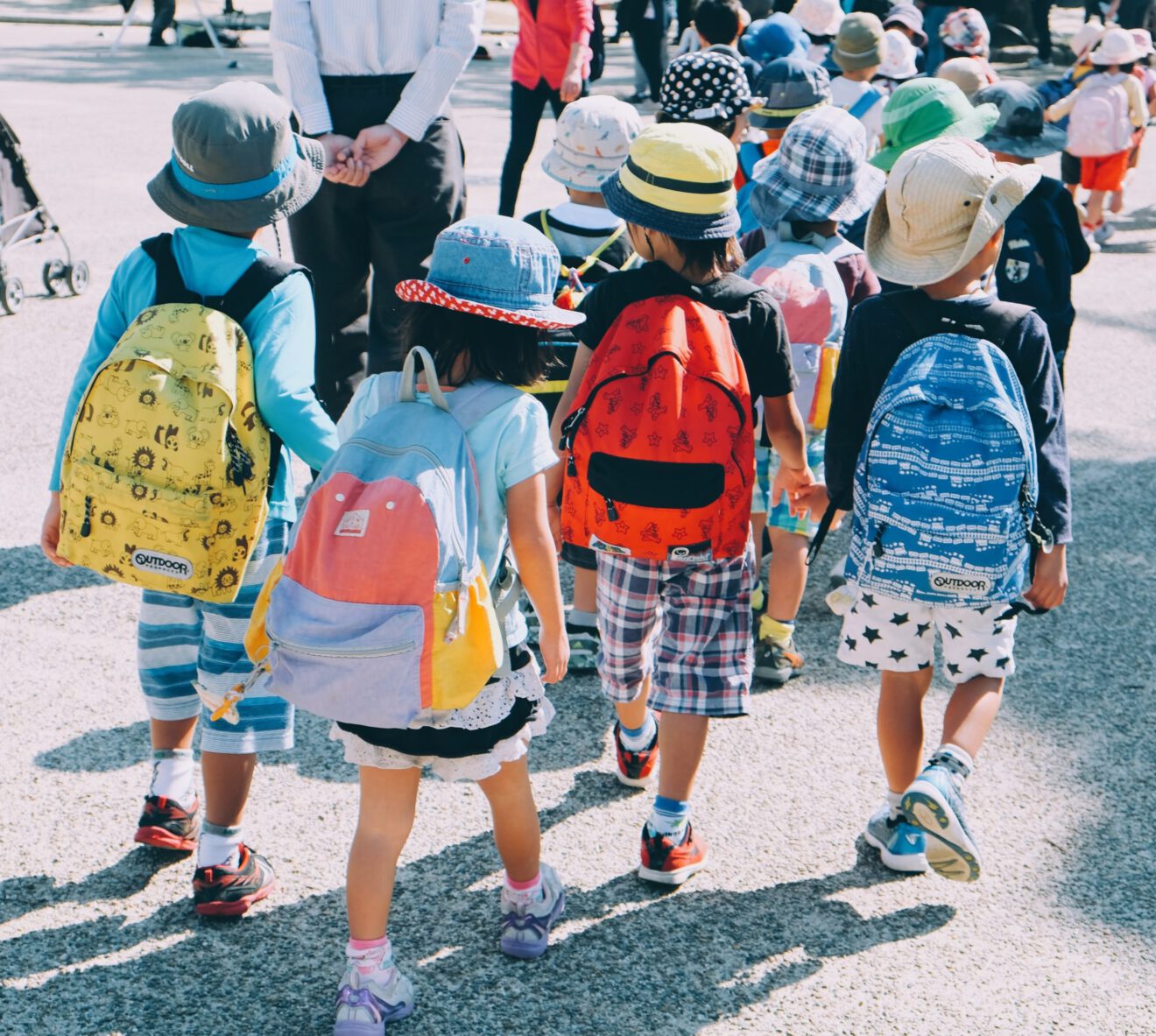Insights is a SmartBrief Education Originals column that features perspectives from noted experts and leaders in education on hot-button issues affecting schools and districts. All contributors are selected by the SmartBrief Education editorial team.
All teachers know that educational success comes from strong connections between themselves and their students. Thanks to an increased focus on social emotional learning, educators also realize that creating a safe, nurturing environment also means helping students recognize and manage their emotions; care for others; and, form positive relationships and make responsible decisions.
The global pandemic has put a brighter spotlight on SEL, which just four or five years ago was seen more as supplemental curriculum–something to do on a Monday morning in order to “check a box.” Now viewed as foundational, SEL is playing a much more prominent role in K-12 education. As schools continue to embrace and utilize SEL curriculums, we find that many of them need help incorporating the learning into daily instruction.
Here are four ways to start using SEL in any learning environment.
Start with the teachers
Start with professional development and focus on helping teachers, staff, and administration understand how to integrate SEL in the classroom. Social emotional learning is not a program, and it’s not just one more thing that “gets taught.” It should be incorporated into everything you’re doing on campus.
Make it virtual
The pandemic drove students home to learn remotely, but that didn’t mean they had to leave their SEL behind in the process. Thanks to technology, you can conduct professional development virtually and continue sharing mindsets and experiences with students via the web. And while there is no real replacement for in-person learning, given the circumstances we’ve all had to act and adjust.
Use interactive tools to get everyone engaged
Design an interactive experience that leverages technology and provides a view of the personal lives of students and teachers. This will help schools make a deeper connection, and in a different way than they did before (when they were in the classroom). Tools like online chats and peer discussion help get everyone engaged.
Don’t expect one size to fit all
There is no single answer when it comes to SEL. Schools should strive to understand what they’re experiencing: Where is the problem? Is it poor morale? Is it student tardiness or poor grades? Is it lack of community involvement? Then, use those insights to create a plan that incorporates SEL concepts in a way that makes the most sense.
I hope that out of all this chaos schools have endured over the last year comes a more intentional focus on our humanity, connections, and our relationships. We need to be there for each other and be more supportive of one another. I do believe that better times are ahead, and educators can work together to advance SEL in the classroom in a way that creates an even brighter future.
Lupita Knittel is president of 7 Mindsets. For a broader discussion of how to integrate SEL into any learning environment, check out the podcast How SEL Needs to Work in Everyday Teaching and Learning.
Like this article? Sign up for ASCD SmartBrief to get news like this in your inbox, or check out all of SmartBrief’s education newsletters, covering career and technical education, educational leadership, math education and more.
